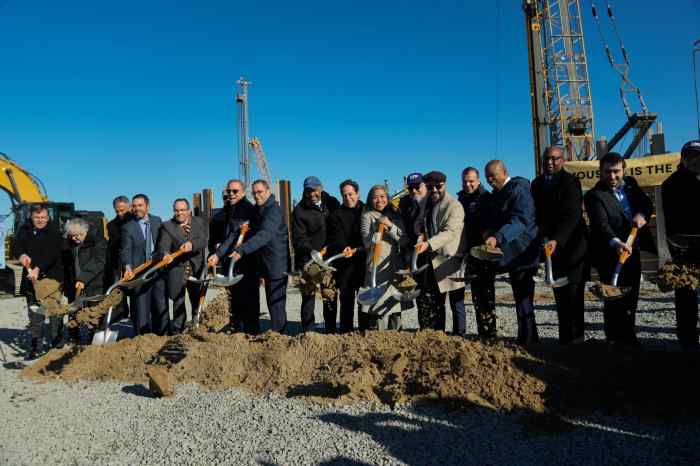By Prem Calvin Prashad
Against a backdrop of slumping voter participation in the five boroughs, Mayor de Blasio has launched new efforts to translate voter registration forms into languages, including Russian, Urdu, Haitian Creole, French and Arabic. With this latest effort, according to the Mayor’s Office of Immigrant Affairs, accessible voter registration forms now cover 80 percent of “Limited English Proficient” voters in New York City.
“We have the power to effect change, but we lose that power when we don’t exercise our right to vote,” state Sen.James Sanders Jr. (D-Jamaica) said in a statement on the voter access initiative.
These forms are currently available on the city Campaign Finance Board website, although the forms provided in languages other than Urdu, Mandarin, Korean and Spanish must be completed in English. Translated voter guides are also available at nyccf
This isn’t the first time a mayor has made efforts at language access. In 2008, then Mayor Michael Bloomberg issued Executive Order 120, which tapped six critical languages, including Spanish, French Creole and Mandarin Chinese, in which city agencies were mandated to provide translation and interpretation services. In his radio address on July 27, 2008, the former mayor cited the necessity of language access for opening opportunities, assisting law enforcement and understanding their children’s progress in school. The order enhanced and formalized efforts by city agencies and the non-emergency services help line – 311— to provide telephone and in-person translation and interpretation services. Today 311 is accessible in 170 languages, including 50 through its online portal.
At the time, touting his acumen as a businessman, Bloomberg compared the city government to a business and called the growing population of immigrants its customers.
Voter access is a hot political issue across the country, with Republicans generally interested in placing restrictions on eligibility and identification requirements, while Democrats focus on access, voter registration. One instance of this tension is in the state of Virginia, where the governor restored the right of ex-convicts to vote, to considerable debate. Bipartisan efforts at ballot access have included expanding “early voting” and promoting online voter registration. Other proposals have called for the automatic and mandatory pre-registration of 16 or 17 year olds.
With a valid New York state driver’s license and Social Security number, New York state residents can register online through the Department of Motor Vehicles website. Registering online substantially simplifies the process to switch party affiliation. During this year’s primaries, many voters, particularly in Brooklyn, complained that their present affiliation was different than when they had filled out their registration form. They were found to be ineligible to participate in New York State’s “closed” party primaries. Many local and state races in the city are often decided in the primary, months before the general elections.
A project by WNYC found that turnout for the 2009 mayoral election was less than 20 percent across broad swaths of southeast Queens, Ridgewood and Astoria. Though there may be some mitigating factors – a non-midterm, non-presidential campaign year, as well as general elections being nominally less competitive than primaries, even though state and local elections typically have a greater impact on day-to-day issues. Encouragingly, in this year’s competitive presidential primary races, Democrat and Republican turnout rates were clocked at 32 percent and 31 percent, respectively, across the state.
Perhaps civic engagement isn’t quite dead in the five boroughs.
.































